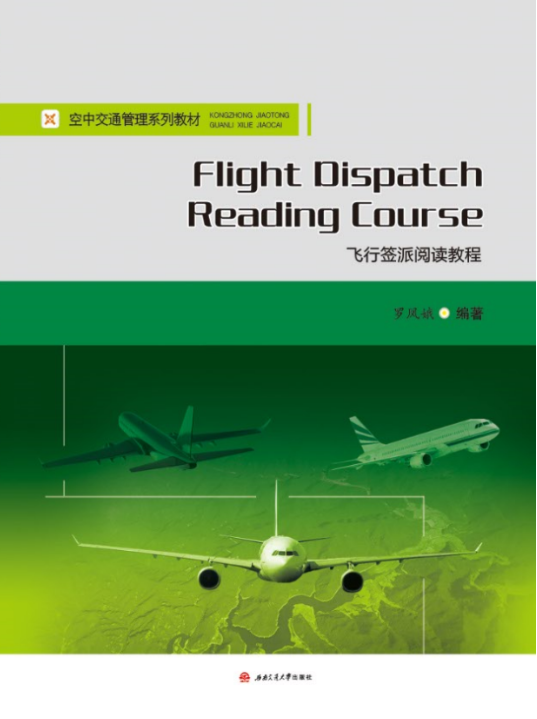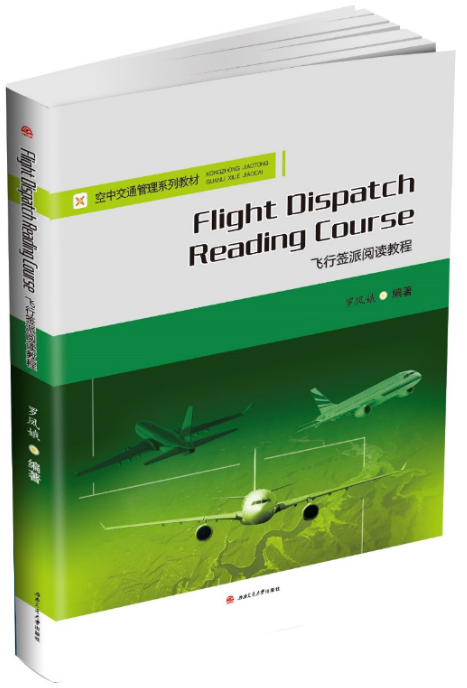-
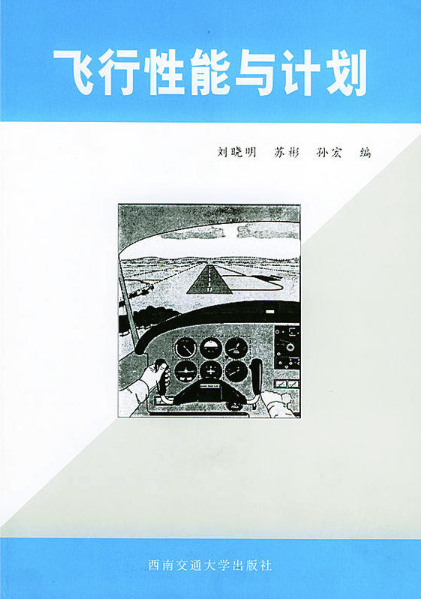 飞行性能与计划
飞行性能与计划作者:刘晓明
飞性性能与计划是飞行技术专业的一门主要专业课。它是按照我院1995年通过的飞行技术专业飞毛技术专业飞行性能与计划教学大纲的要求编写的,主要供飞行技术专业学生使用,也可以作为航空公司飞行员及有关专业人员的参考书。
本书主要结合多发飞机的实际飞行所需的飞行性能方面的知识,较全面地介绍了多发飞机的飞行性能知识及其在实际飞行中的应用。
由于国外航空文献多数采用英、美制单位,特别是在各型飞机的有关手山中均大量使用英、美制单位,且本书引用的图表、数据大都取自这些文献资料和手册,因此结合目前 我国现有机型的实际情况,为了便于读者学习和应用,本书仍采用英、美制单位。并且,根据民航教材的特殊要求,本书采用符合国际民航通用的术语、单位和符号,例如本书出现的重量及用KT、kts表示节,用大写V表示速度用nm表示海里等。 -
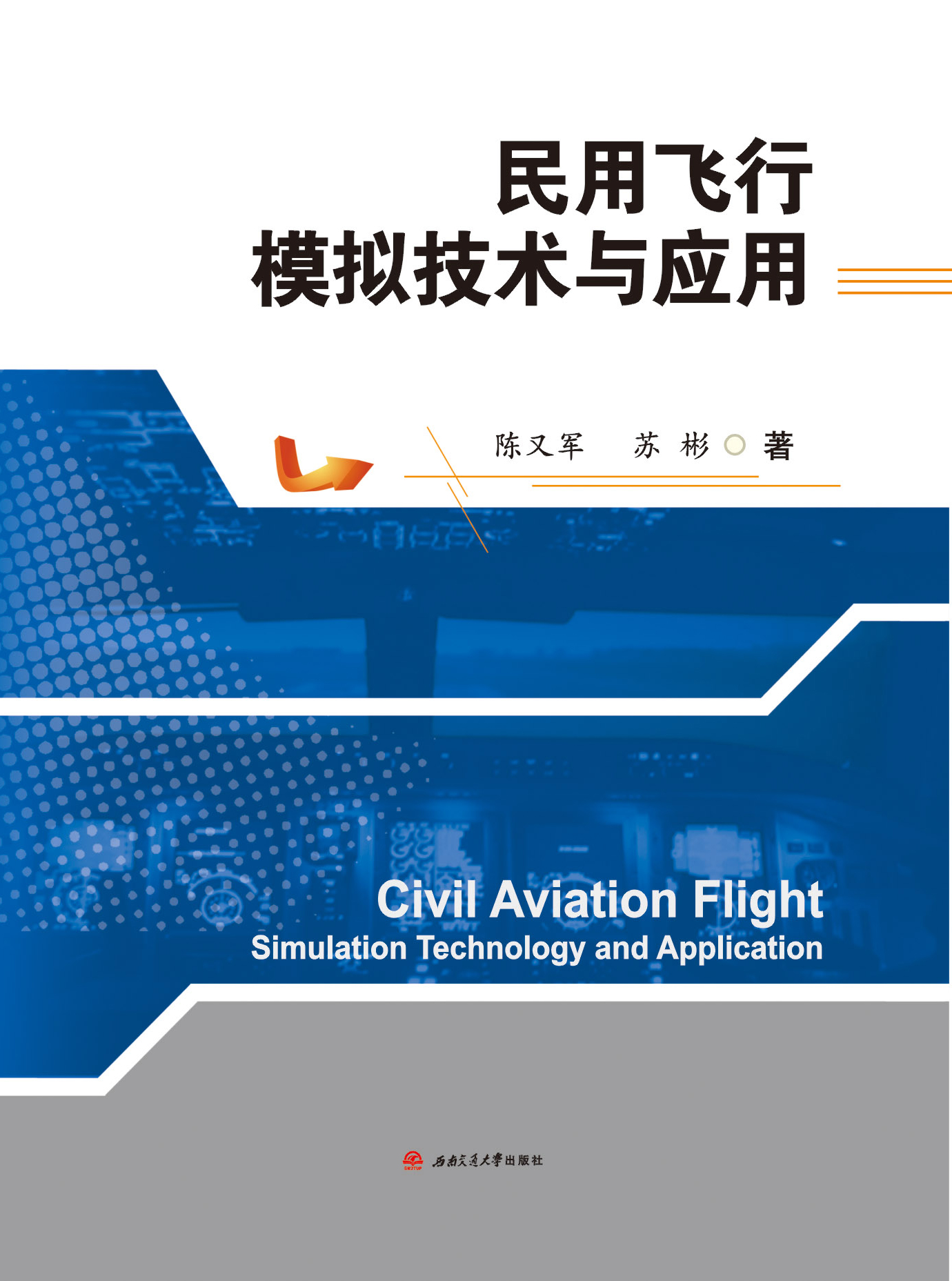 民用飞行模拟技术与应用
民用飞行模拟技术与应用作者:陈又军 苏彬
本书简述了民用飞行模拟技术的发展与现状,对飞行模拟的不同层次:飞行模拟软件、桌面飞行训练器、飞行训练器和飞行模拟机进行了详细讲解,对飞行训练器和飞行模拟机最新咨询通告的分级和认证进行了介绍和分析,同时从技术和实现上详细讲述了对飞行模拟的飞行仿真建模、驾驶舱设备仿真、航空电子设备、接口系统、操纵负荷系统、视景系统、音响系统、运动系统和教员控制台,并以小鹰-500飞行训练器研制项目为案例,讲解和分析了飞行训练器的技术开发过程。本书从飞行模拟工程实际出发,力求理论与实用性相结合。本书可作为民航航空工程、飞行模拟方向专业教辅用书,也可作为飞行模拟设备研究参考书籍。
-
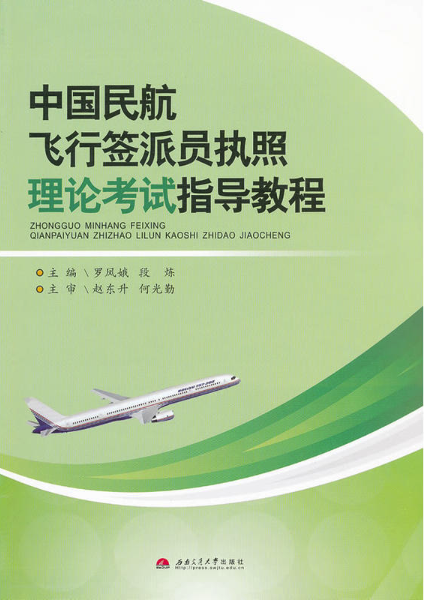 中国民航飞行签派员执照理论考试指导教程
中国民航飞行签派员执照理论考试指导教程作者:罗凤娥
飞行签派是航空公司运输生产组织的中心,负责组织、安排、保障航空公司航空器的飞行与运行管理工作。而飞行签派员是飞行签派的具体实施者,其综合知识、技能与航空公司正常、安全、高效的生产组织息息相关。
为适应中国民航的发展要求,提高飞行签派员的业务素质和工作技能,进。步促进飞行签派员*考试和管理的改革与发展,不断完善飞行签派员*考试体系,根据中国民航航空局的相关规定,民航局飞行标准司组织相关人员编写了《中国民航飞行签派员*理论考试指导教程》,为读者备考飞行签派员*理论考试提供复习参考资料,同时,也为读者巩固、学习相关专业知识提供指导。
图书分类
Book classification- 本书为教材,考虑到飞行签派工作的综合性、交叉性和动态性等特点,吸收国内外同类教材的经验与优点,结合实践和案例,系统介绍了飞行签派的基本理论和方法、航空公司业务控制等知识。本书根据CCAR-121部《大型飞机公共航空运输承运人运行合格审定规则》和航空公司相关手册规章编写,既可作为交通运输专业飞行签派方向的专业教材,也可作为民航其他专业和航空公司运行控制人员的参考用书。本书作为第一本飞行签派方向的全英...查看更多
- PREFACE
Flight Dispatch Reading Course is a professional textbook which contains dispatch information for both theoretical&nbs...查看更多
- General
A flight dispatcher is a person responsible for planning and monitoring the progress of an aircraft journey....查看更多
-
Chapter 1 Background 1
1.1 History of Dispatch 2
1.2 Dispatcher Occupation Introduction 5
Chapter...查看更多 - 罗凤娥,中国民航飞行学院航空运行教授,研究生导师,持有CAAC/FAA飞行签派员执照。主要研究领域为航空公司运行管理及安全。曾赴瑞典、美国、德国、法国、比利时等培训交流,并发表论文40余篇

